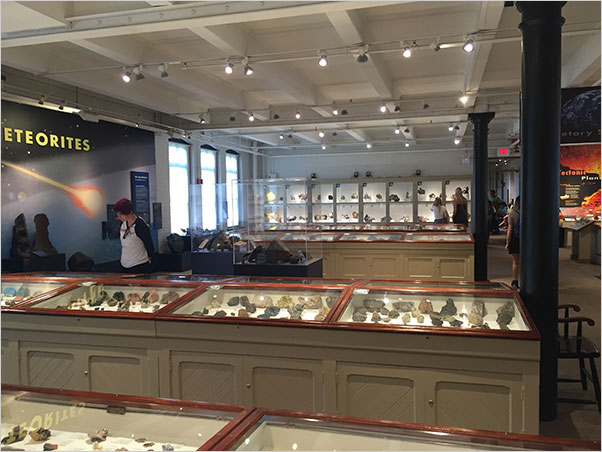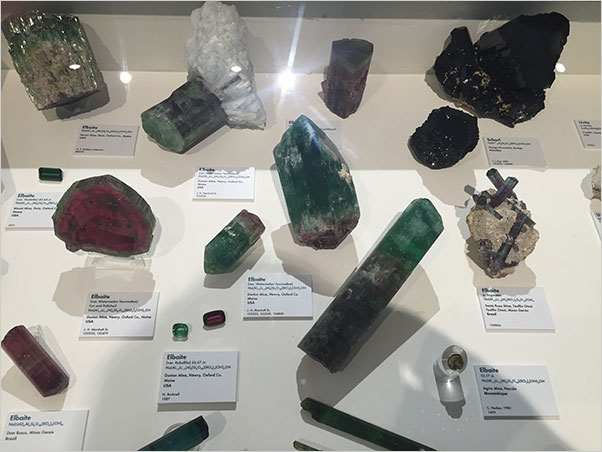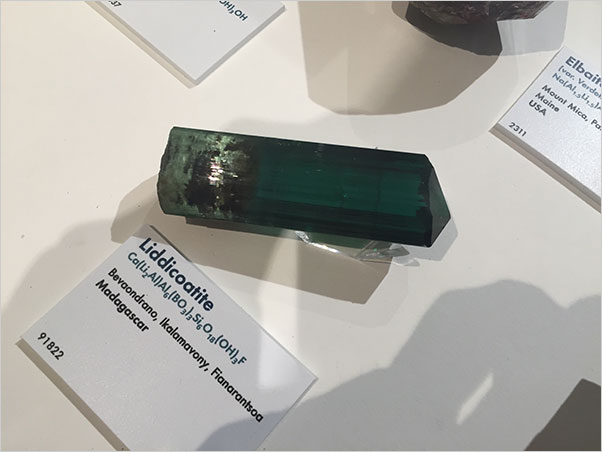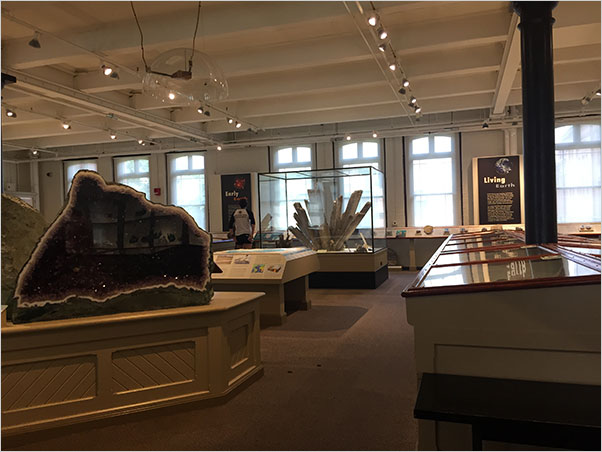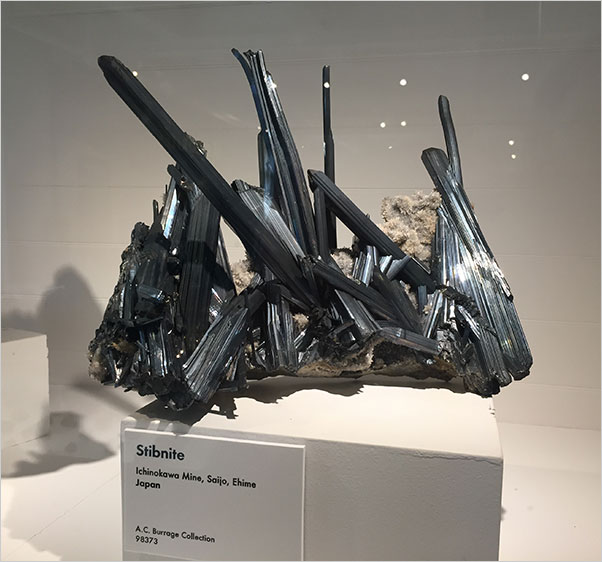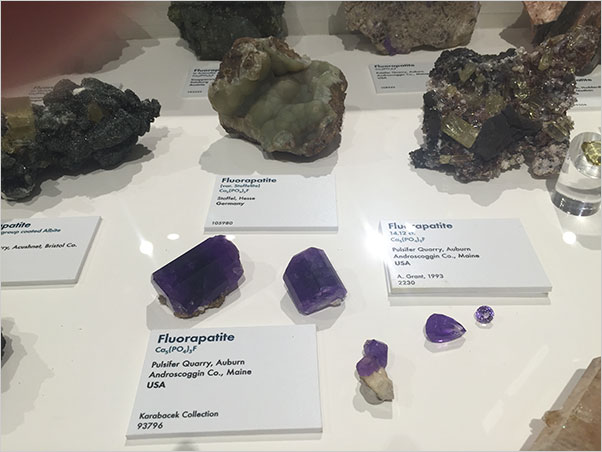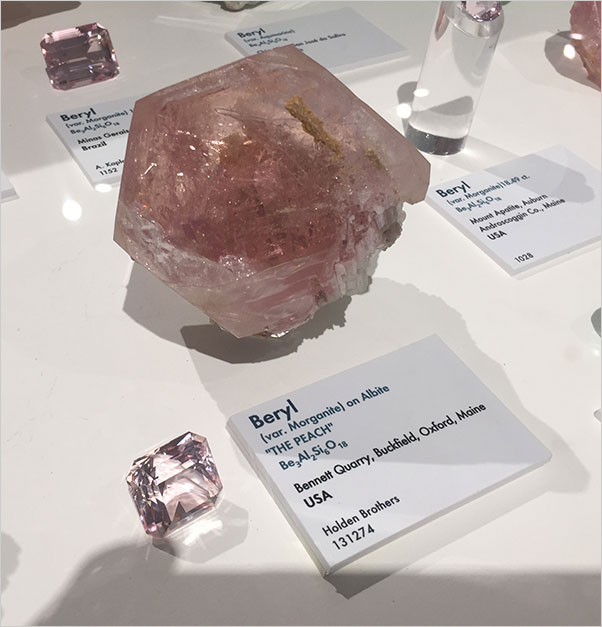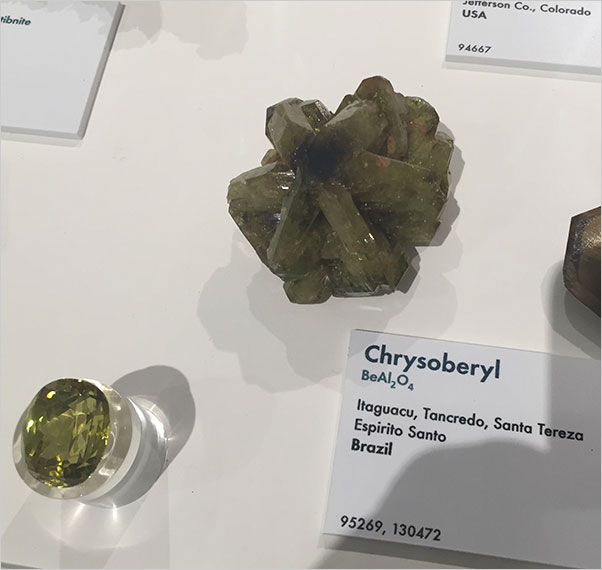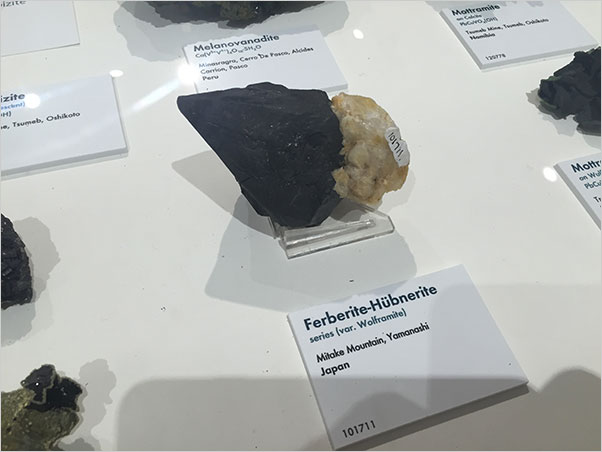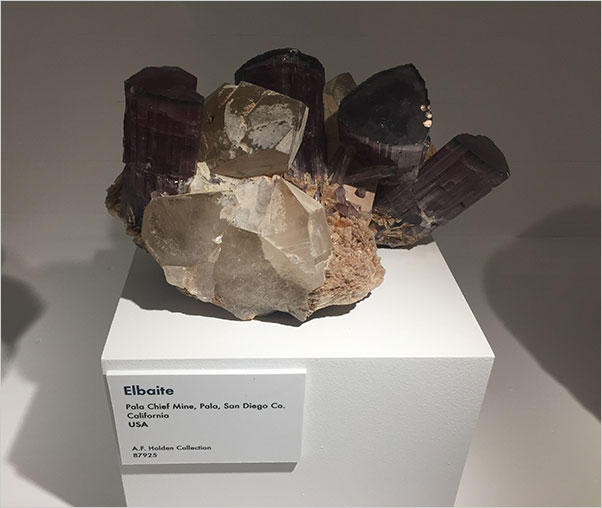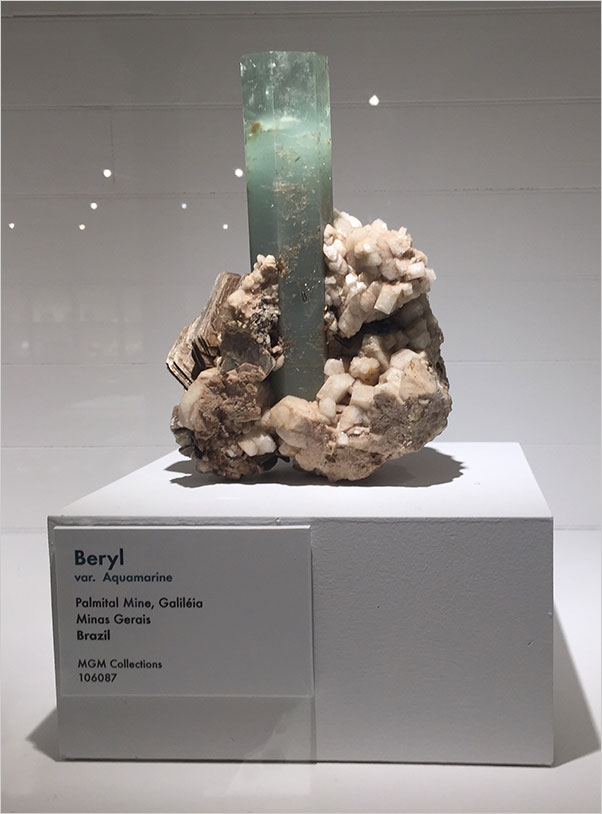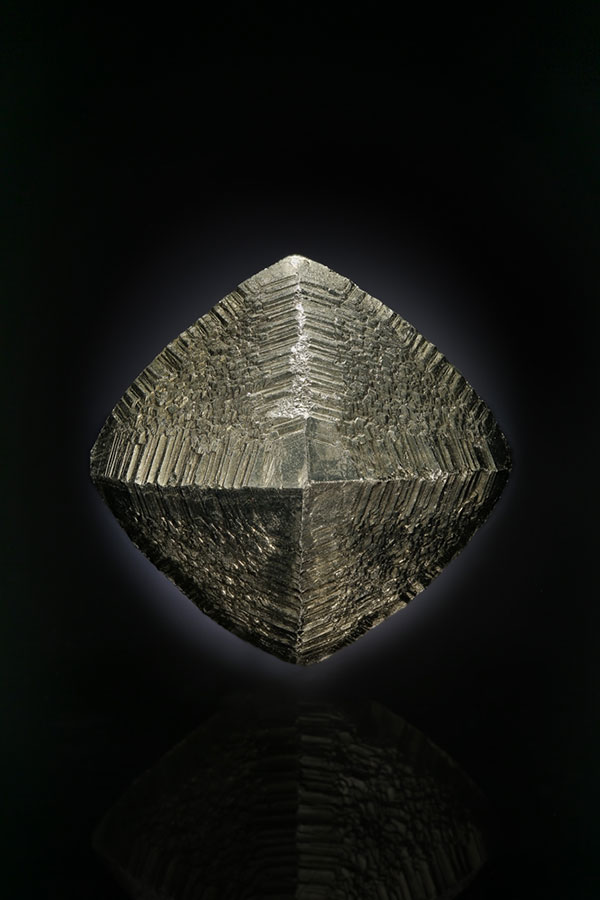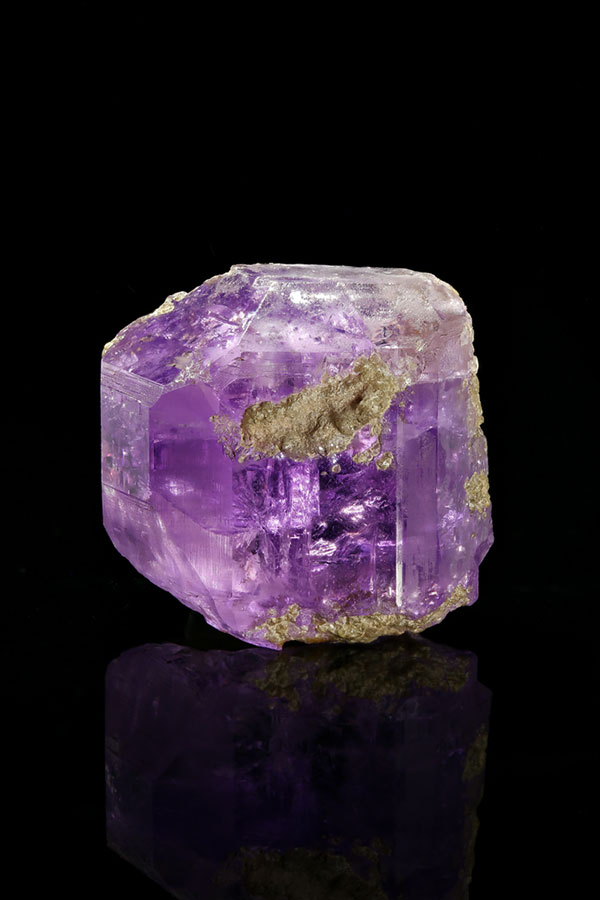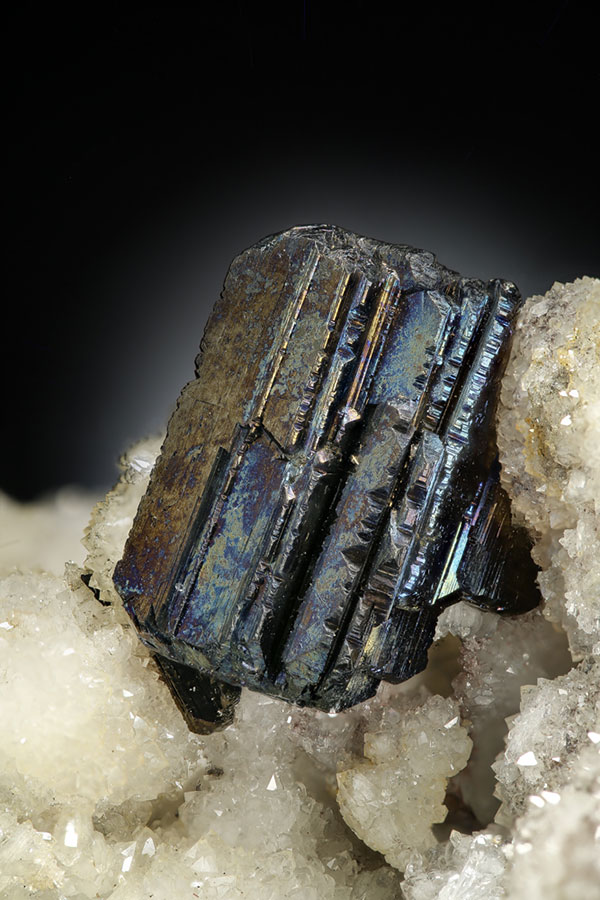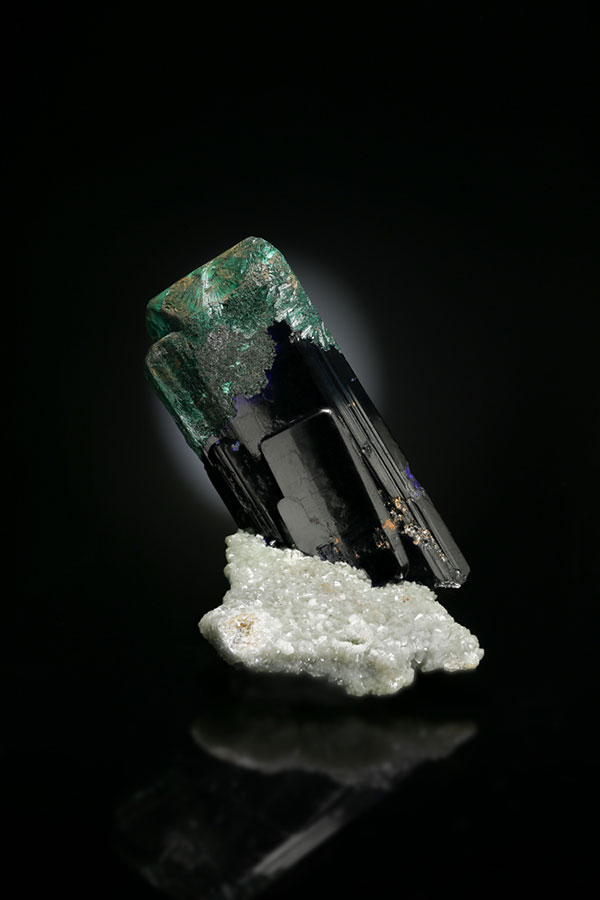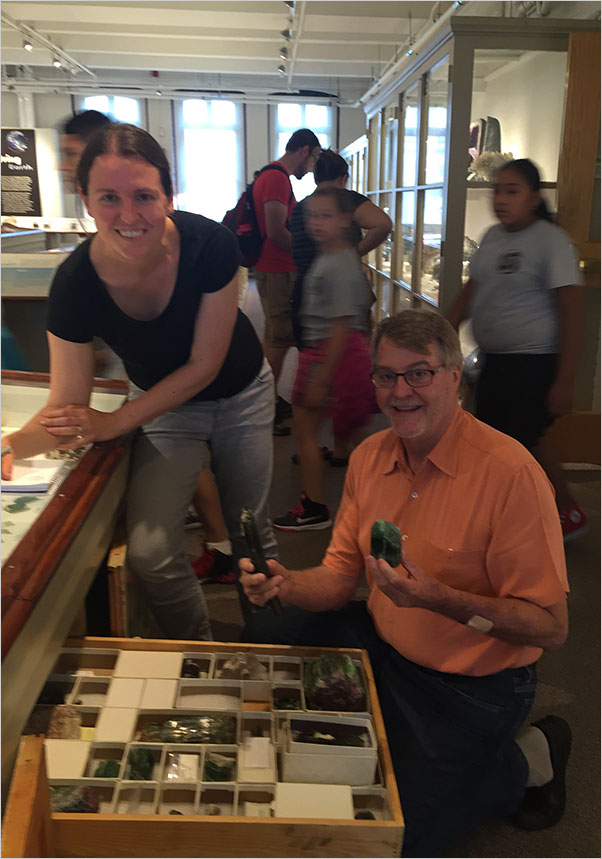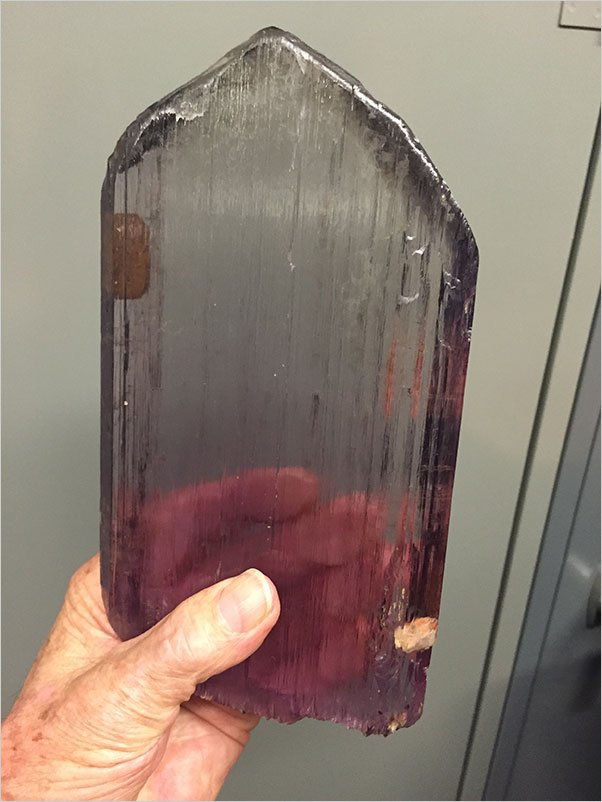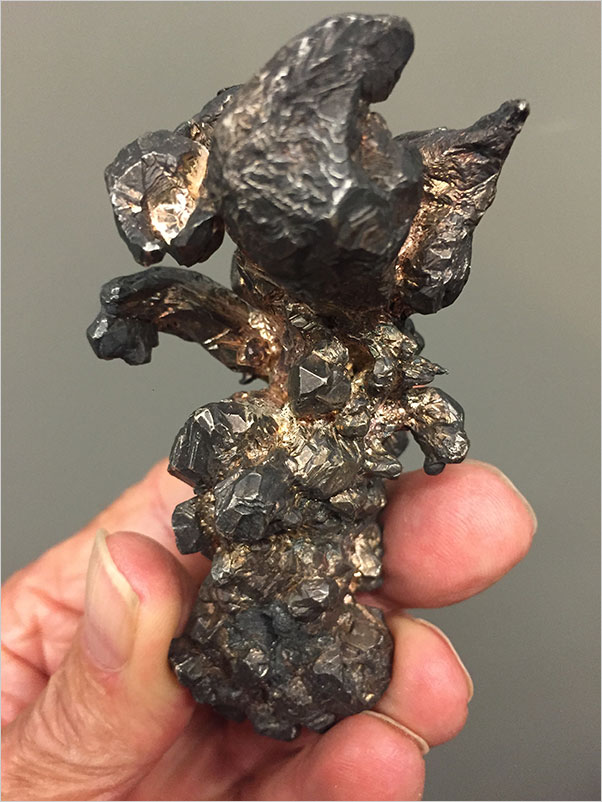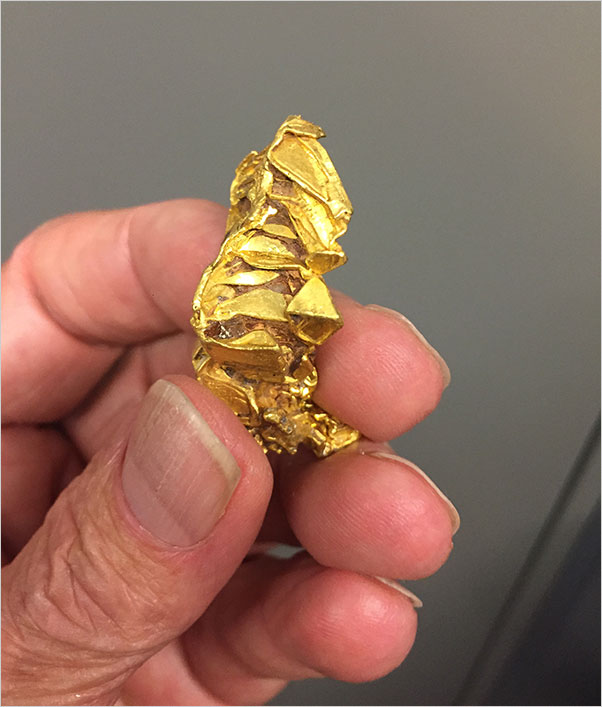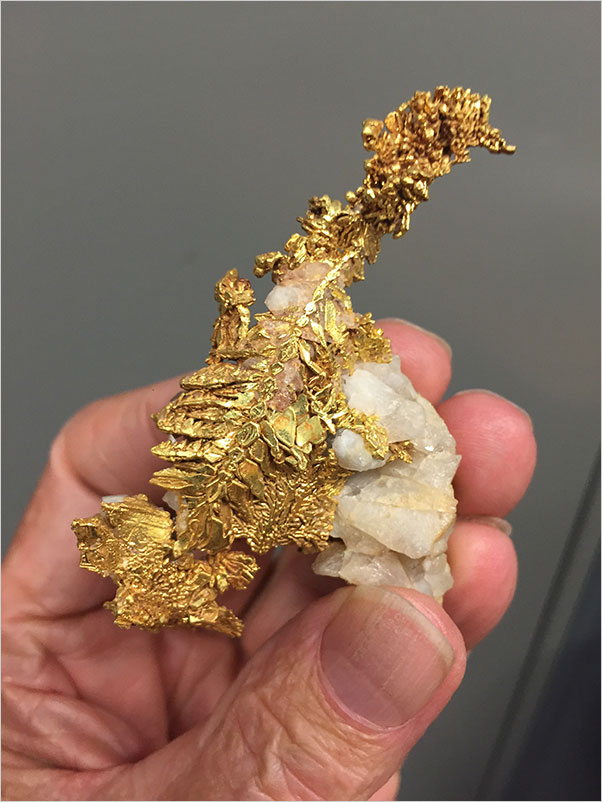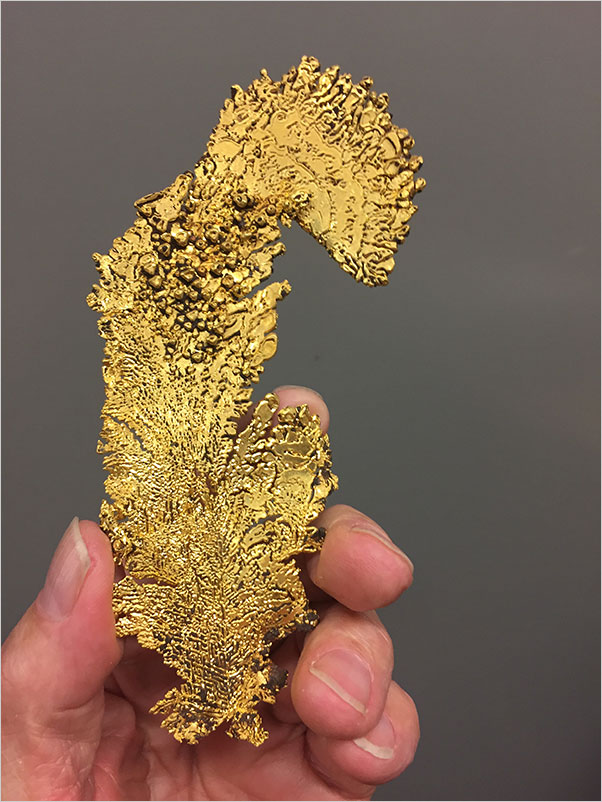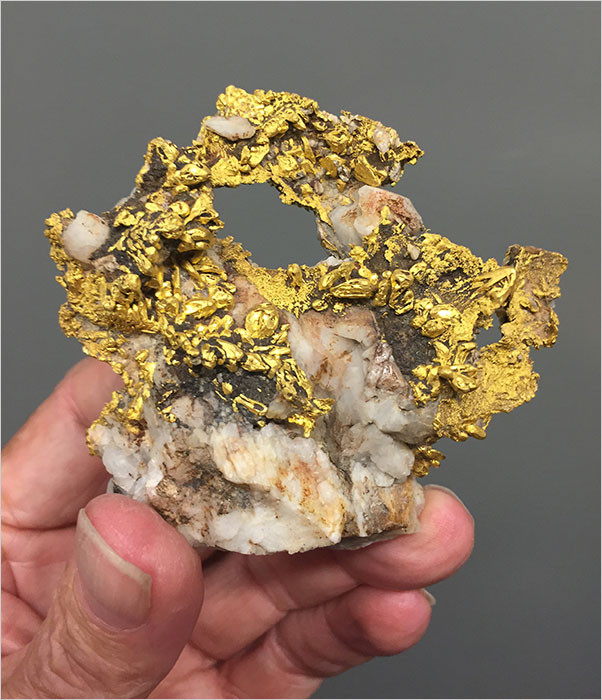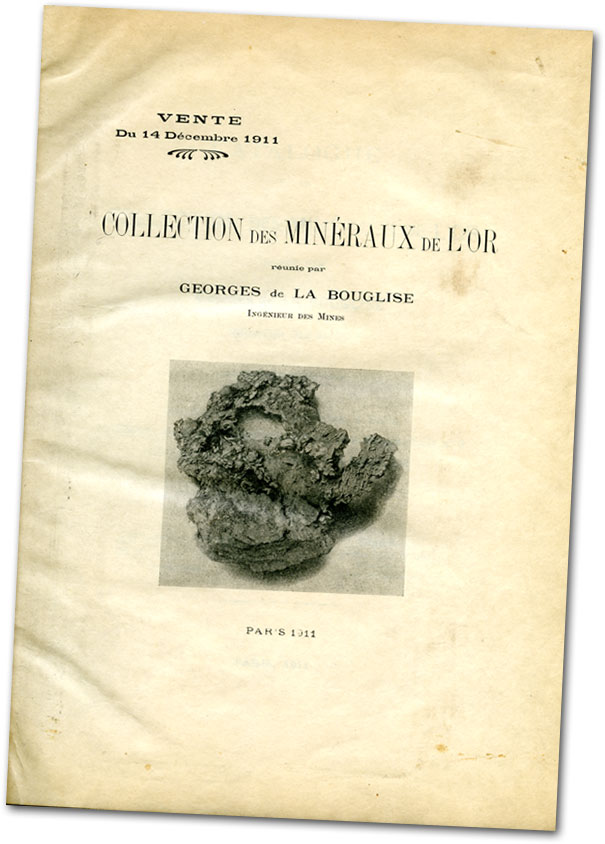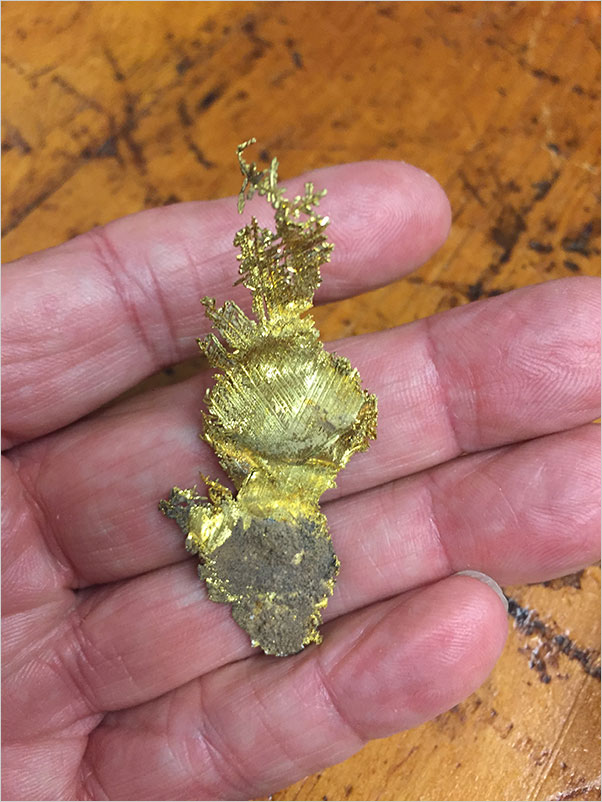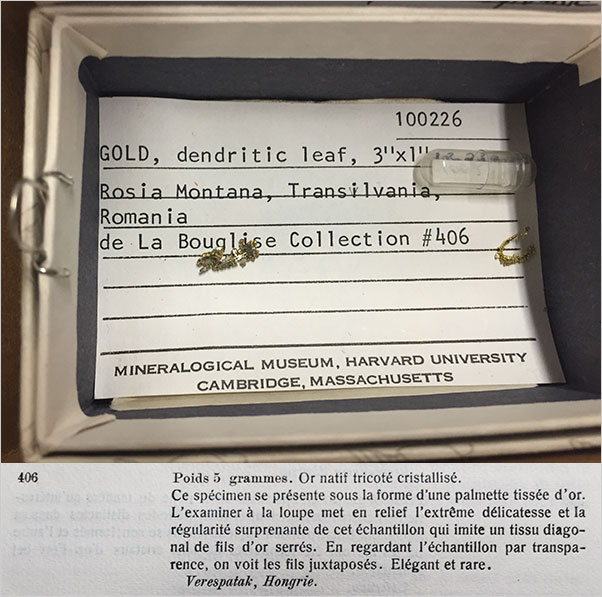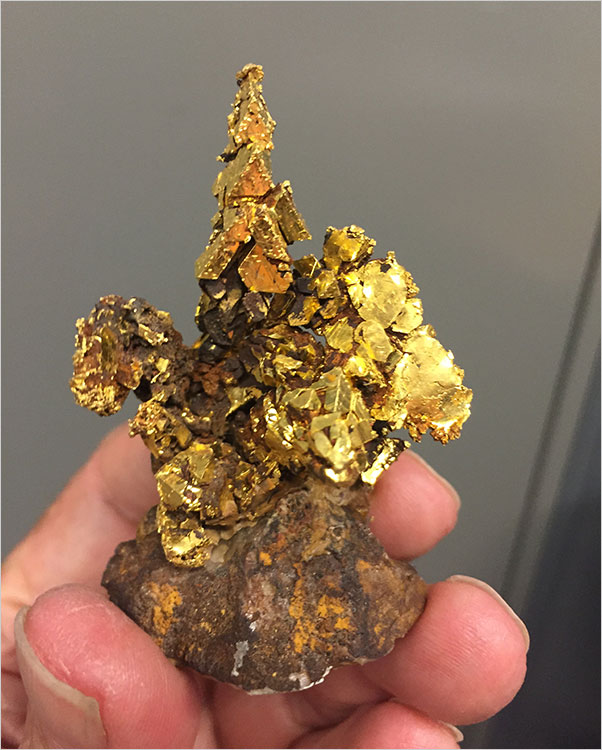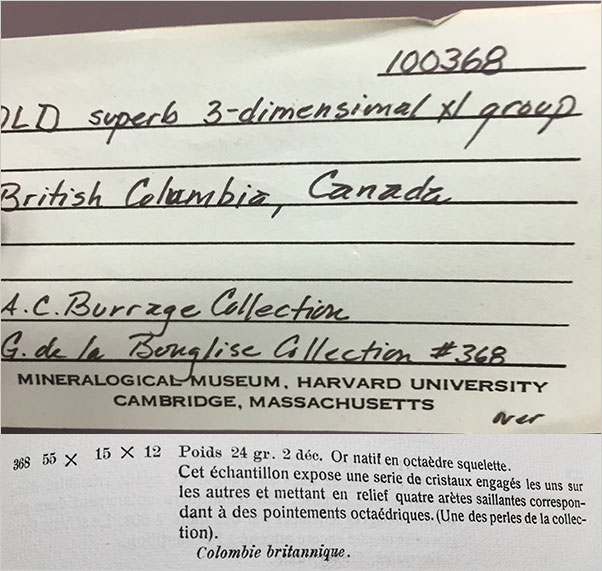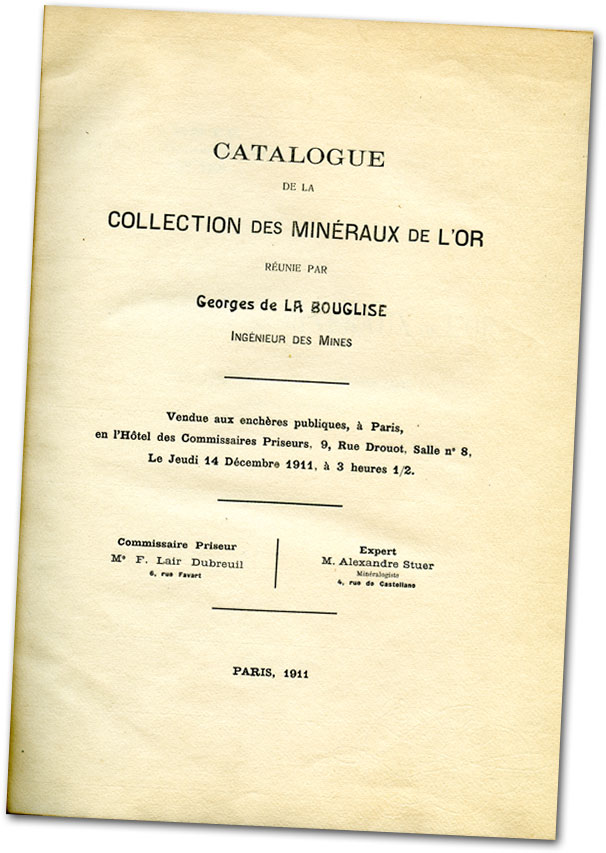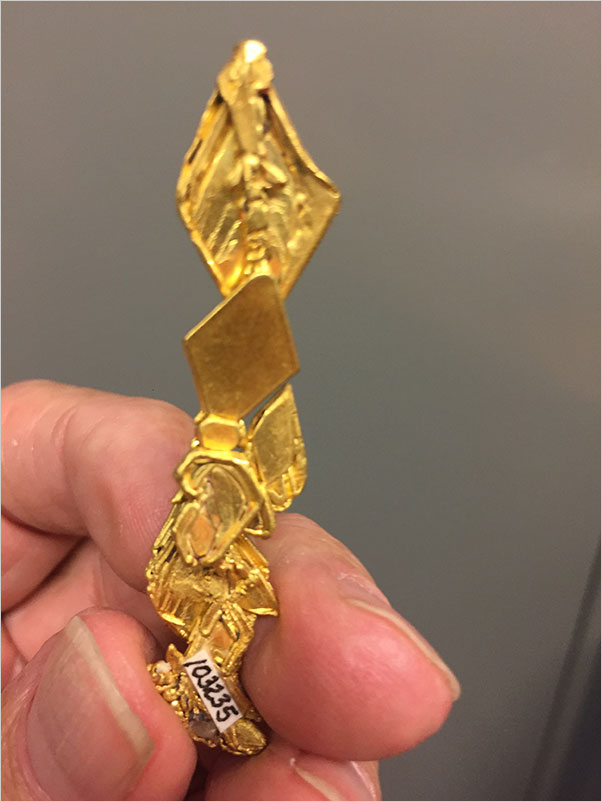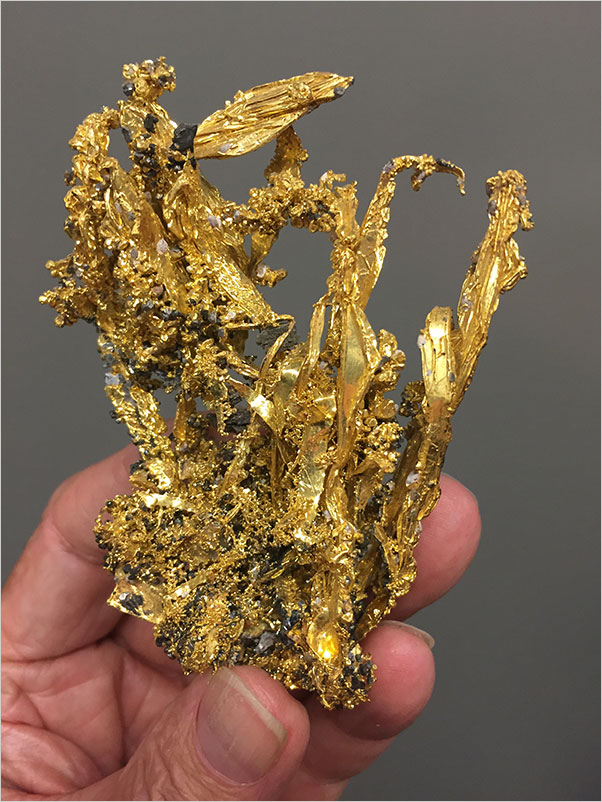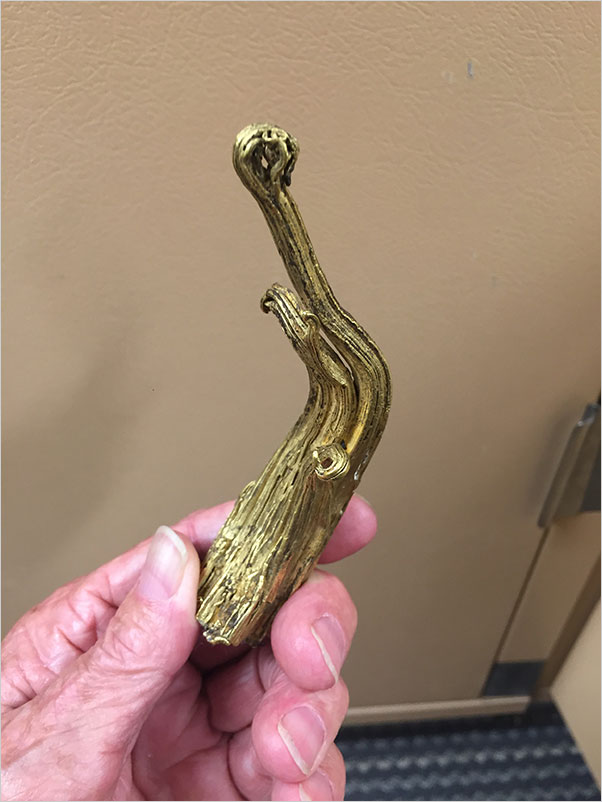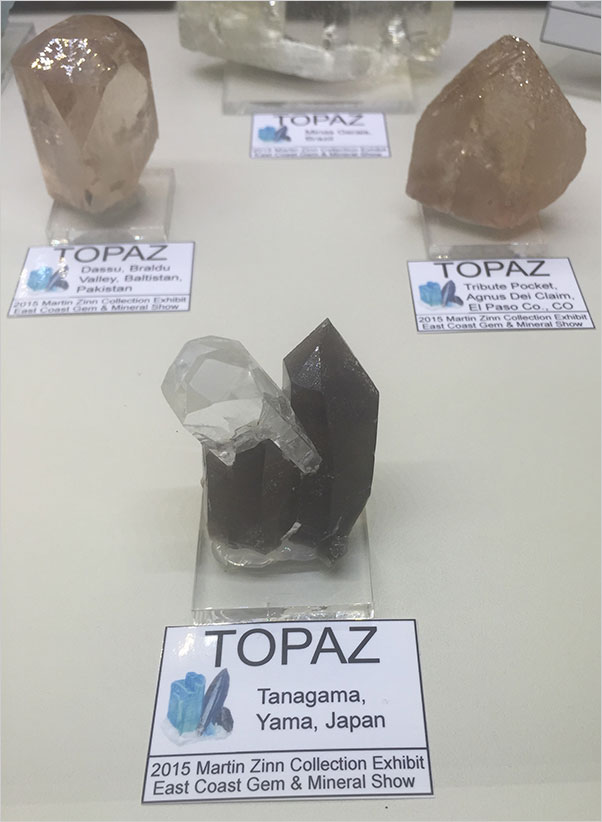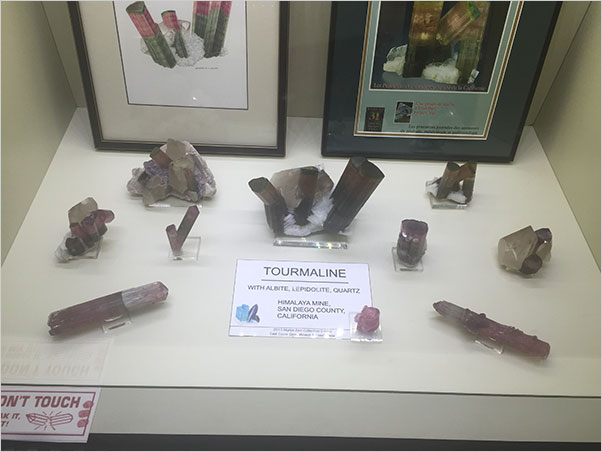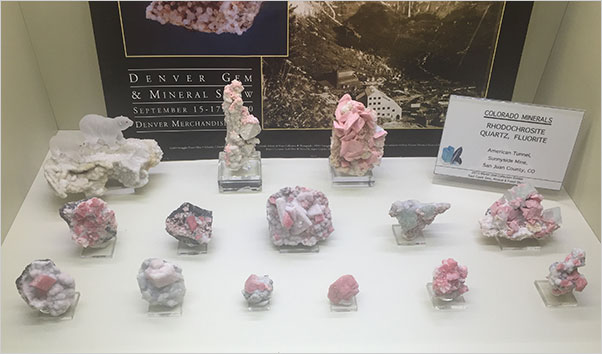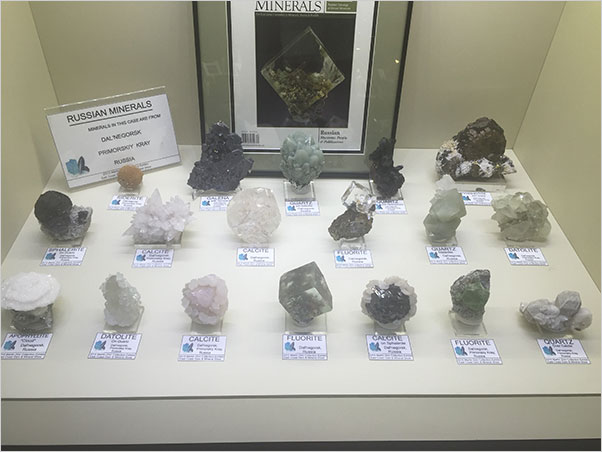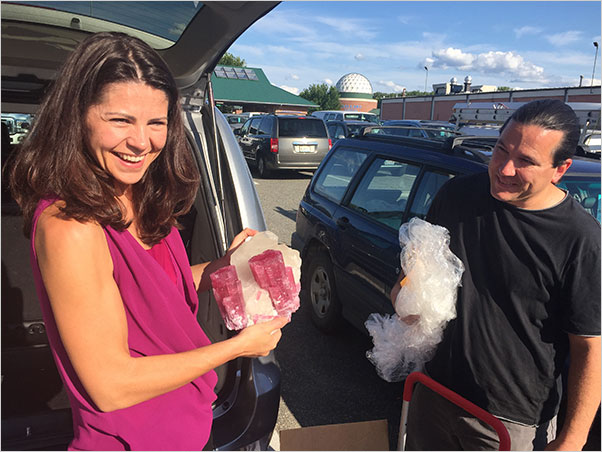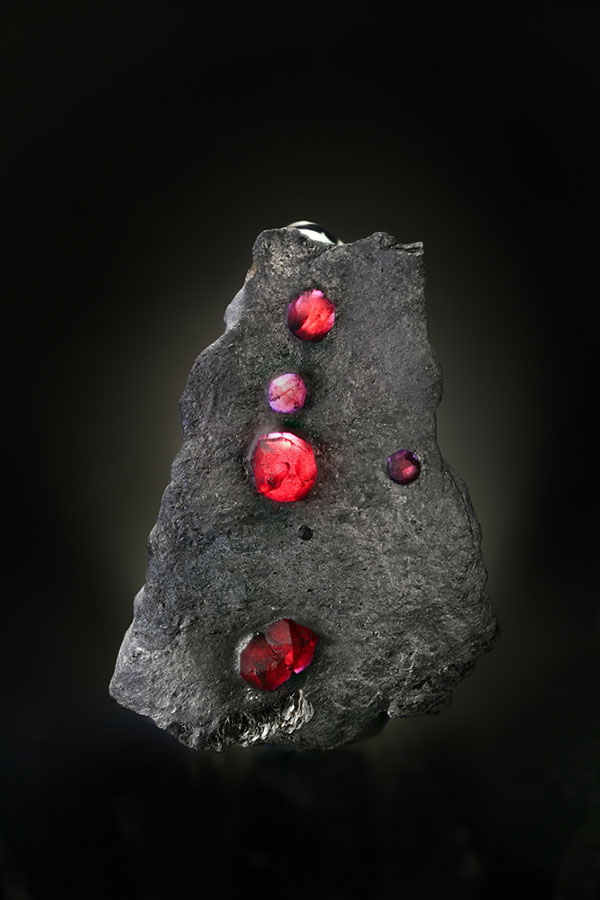Appraising Harvard Redux
By Bill Larson, Pala International
In the summer of 2013, Bill Larson was asked to appraise the gemstone collection of the Mineralogical and Geological Museum at Harvard University. (See “How I Spent My Summer Vacation” on Palagems.com.) In 2015, Bill was asked to return and do the same for the mineral collection.
This spring I received an email from Dr. Raquel Alonso-Perez, Curator of the Mineralogical and Geological Museum, inviting me to visit Harvard during the first week of August in order to appraise their finer mineral specimens for the museum’s usage. We decided on a valuation of roughly $5000.00 per specimen to qualify for appraisal, as their collection is rather extensive. And I was asked to assess the complete collection, i.e., the specimens on display, the duplicates underneath in drawers, the better study specimens, the vault, and the bank lock-box collections.
Any avid mineral enthusiast will realize that the opportunity to work with these pieces is an amazing experience and an honor. For instance, going into the project I knew that, not only would I get to hold the great Ground Hog Mine gold wire, but I would be refreshing and expanding my own knowledge on rare and classic localities.
Here is Harvard University’s own description of its collections:
One of the famous strengths of the museum is its emphasis on the minerals of New England. Collecting and curating minerals from the local area is a long-standing tradition of the museum that has resulted in a comprehensive New England collection of unparalleled quality. […] Other strengths of the collection include minerals from the zinc mines in Franklin, New Jersey (4,000 specimens), from the copper mines of Arizona (1,400 specimens), and from Tsumeb, Namibia (900 specimens). The museum is additionally world-renowned for its gold collection of over 1,600 samples. Of all the mineral species in the collection, gold is the most represented.
So I cleared my schedule the first week of August. This worked well so I could also visit the Springfield show [East Coast Gem, Mineral & Fossil Show, West Springfield, Mass.] once again on Friday, August 7 with the Harvard team (see report below).
Harvard has a great group and I have them do the hard work of identifying the specimen as to museum number and label information. The team consists of Dr. Alonso-Perez, Tracy Warmington, Theresa Smith, and Kevin Czaja. Raquel was teaching a summer class, so for most of the time the rest of her team were going to be helping me. I had also heard about an enthusiastic new mineral photographer, Ben DeCamp, and I would get to meet him on Wednesday.
Monday and Tuesday we concentrated on the displayed specimens—often opening the cases with the antique, unique key to examine pieces. As mentioned above, my threshold above which I would appraise a given specimen was a top mineral dealer retail evaluation of $5000.00. We covered most of the displayed specimens within these first two days.
Raquel said I should also select six to eight aesthetic candidates for Ben’s photo session on Wednesday, so I came in early that day to make my choices. He had indicated he’d like to stick with miniature size, so that was relatively easy to accommodate. I found several lovely candidates in just a couple of displays, giving the numbers to Theresa. One very nice pyrite—to me, anyway—from a rare Virginia mine was questioned with a rather disparaging remark, “Why are you photographing that?” And of course this is what’s fun: many things photograph better than they look to the eye. Orientation is also important.
While Ben got set up, Theresa and I went to finish looking through the drawers in the museum gallery. One never knows who’s going to visit a museum and as we opened the tourmaline drawer, I heard a familiar voice. “Hey, Larcy. What are you doing?” Dona and Wayne Leicht had come to see the minerals on their way to the Springfield show. We talked for a few minutes before they continued looking at the collection. Theresa and I finished the drawers and then moved after lunch into the heart of the great pieces: the vault and drawers in the basement.
The vault I saw last year, on a visit with Pala’s Gabrièl Mattice, and the year before when I did the gemstone appraisal. But I could view these minerals daily and never be bored. Just a sample: the two famous Pala Chief Mine kunzites, the best hiddenite from North Carolina, the museum’s great liddicoatite slice from Madagascar, as well as various Hamlin and other Maine tourmalines crystals. And the golds. With these we spent more time, since we seriously had to ponder what these beauties are worth. They are mostly all priceless, but valuation numbers were given nonetheless.
The following day I was to look at the E. P. Hancock and single crystal collections, which are stored in a secure location off-site. The collections are marvelously housed in their original cabinets, however most of the valuable pieces were carefully selected out by various curators and are now stored at the museum.
We finished looking through many, many drawers, had a great lunch, and then met Raquel at the bank where they have a lock-box mostly filled with golds.
Several of these golds I had not seen before. Not even with Cliff Frondel [curator, 1946–1977] in the old days. The greatest thrill is being able to hold “The Wire.” I’d held it before at the Harvard display at the Munich show, but this seemed so special—on the bank floor, just holding onto this legend. I took a few quick snaps with my phone and gave my estimate, later confirmed as accurate by one of the top Colorado collectors, Mr. Dave Bunk.
We finished up the day’s work and prepared for attending the Springfield show the next day. Raquel had arranged for several students to come along, and when I asked [show organizer] Marty Zinn if they had a courtesy entrance he very generously comped all the students and interns Raquel was bringing.
The Springfield Show
Friday we headed from Boston to the Springfield show with a van that included several students and interns anxious to see the show. We arrived midmorning. The parking lot seemed exceedingly full and indeed, when we went inside, the show was bustling.
On entry we thanked Marty for his generosity to the Harvard guests and congratulated him on what looked to be a successful show. The featured guest, showing fifty-two cases of minerals this year, was none other than Marty Zinn himself. [Bill Larson was honored with the special exhibit at the 2010 show.] So we started there. Quite impressive for having sold his first collection and rebuilding this new one!
This is one of the larger shows for minerals especially for an East Coast show. Moving through the show, we recognized many, many of our collector and dealer friends. David Friend was there with Gene Meieran and Gail and Jim Spann who had just come from a visit to Yale where David’s collection soon will be housed.
I headed for several of my dealer friends’ booths, starting with Stuart Wilensky’s booth where I saw his first case had a sign inside—This case purchased by Green mountain minerals—with a large arrow pointing to Green Mountain Minerals. Quite a start to a show.
I wandered through various dealers’s booths and they seemed busy, which is always a good sign. Just before noon Raquel needed to visit Jason Baskin who has been collecting quite amazing pyrope garnets in schist from the Red Embers Mine in Erving, Massachusetts. These take careful preparation to become back-lighted treasures. Harvard had been promised one of the finest and Raquel was quite pleased to negotiate a win-win deal and secure perhaps the finest piece. I selected two very fine smaller pieces and am very pleased as well. Jason said hello to me for his father who I often purchased from in the past.
Later I had a flight from nearby Hartford, Connecticut, so I said goodbye to Springfield and my many friends, to head home to San Diego.
